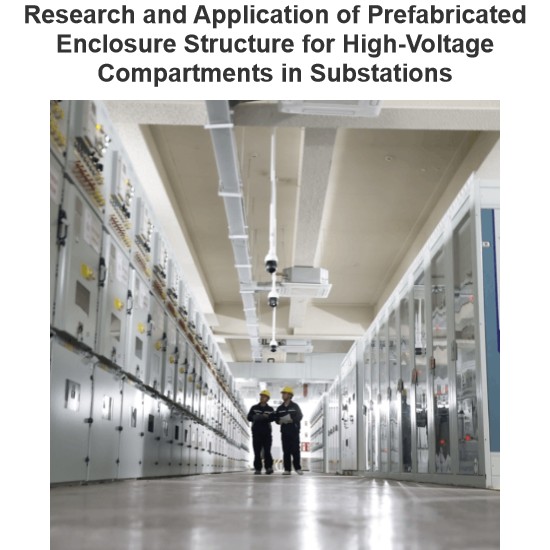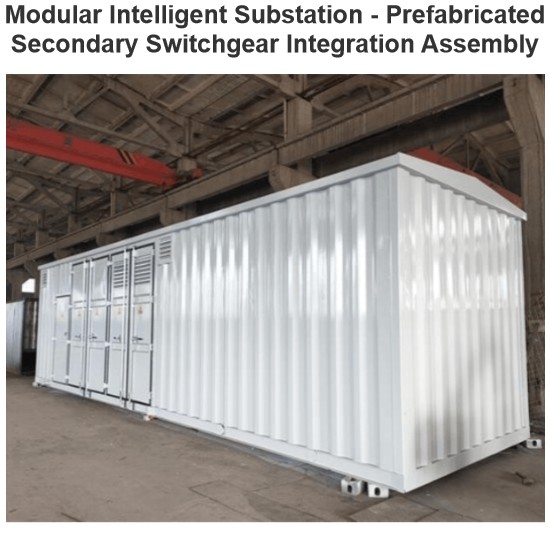Compact substation boxes, with advantages like safe operation, high reliability, and easy maintenance, are used in urban grid construction/renovation. Structurally divided into American - style (high - cost, noisy, low - efficiency, gradually phased out) and European - style (large - sized but more advantages, still popular).
To address their pros/cons, ring - network prefabricated ones were developed.
I. Basic Materials for Prefabricated Compact Substation Boxes
Materials need hardness, strength, corrosion resistance, and factory - configurability. Analysis of common options:
- Steel:Short construction cycle; components processable off - site. Low splicing/technical requirements, no special maintenance.
- Plastic:High forming - tech/strength demands → rarely used.
- Plastic - steel:Solves load - bearing via steel strength but costly → limited by cost.
II. Design of Prefabricated Compact Substation
The design concept, rooted in real - grid operation, pursues typicality and universality. To ease transport, minimize the substation foundation’s self - weight, streamlining design, manufacturing, construction, and transport. Shorten the construction period and cut effective costs as much as possible.
III. Analysis of Manufacturing Processes
Mature processes exist for prefabricated compact substation foundations:
(I) Steel - structured Ring - network Substation Process
Per regulations, the process follows: template making → cutting → splicing → welding → curing → surface protection. Strengthen tech and quality control at each step to ensure quality.
(II) Glass Fiber Cloth Pasting Process
The process: surface treatment → line - setting & gluing → pasting fiber cloth → curing & surface protection.
- Surface Treatment: Remove dust, grind smooth to expose steel’s properties, ensuring construction quality.
- Pasting & Positioning: Strictly follow design drawings; paste on the glass fiber board’s positioning line.
- Fiber Glass Pasting: Grind surfaces, cut/measure per size, ensure material integrity and accurate positioning; avoid surface contamination.
- Surface Protection: Post - process, fix the board as designed, and do final correction/protection.
IV. conclusion
The ring - network prefabricated substation foundation suits universal scenarios, boasting good load - bearing, light weight, and corrosion resistance. It simplifies construction, boosts efficiency, cuts costs, and leverages other materials to overcome drawbacks. It holds broad prospects for future R & D and applications.
Steel is chosen (suits prefab, shortens schedule). To fix steel’s poor corrosion resistance, paste glass fiber cloth on its surface during construction to boost durability.













